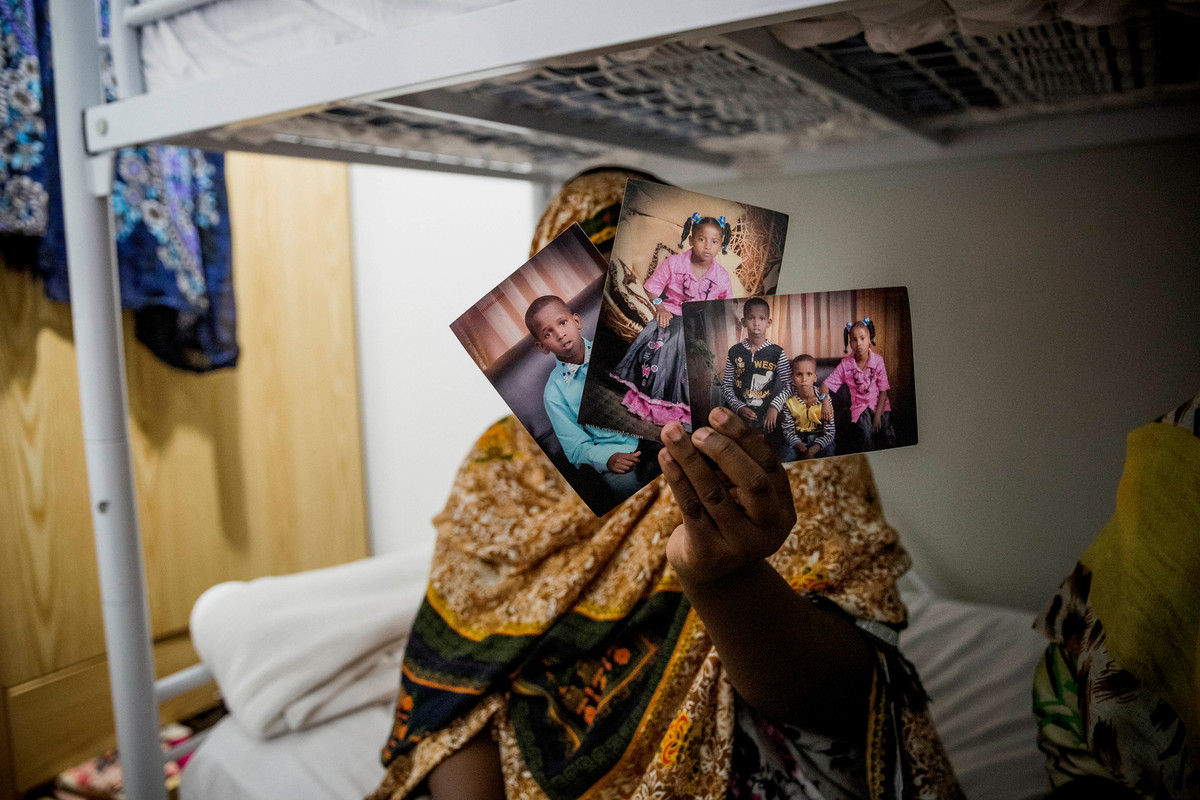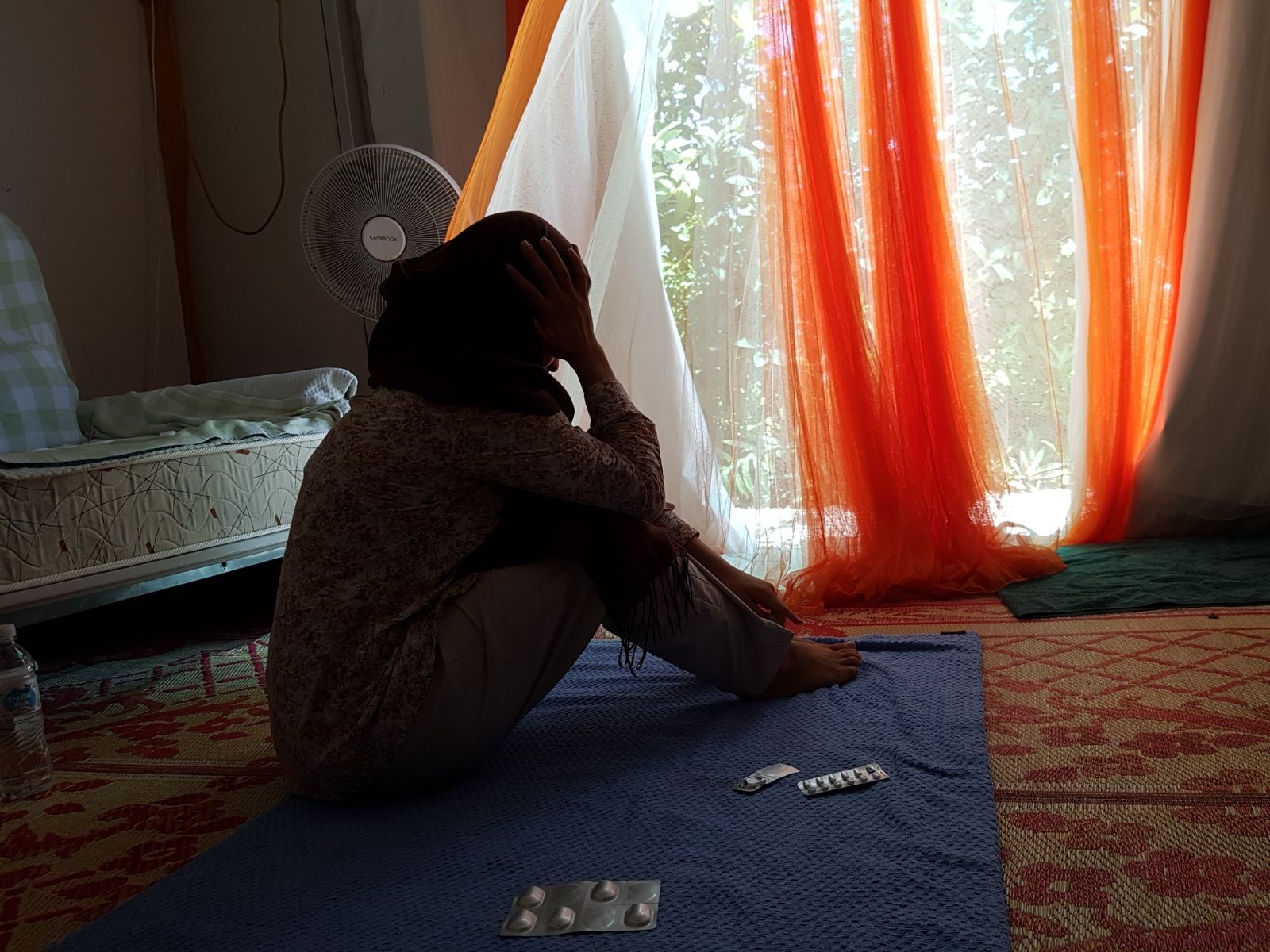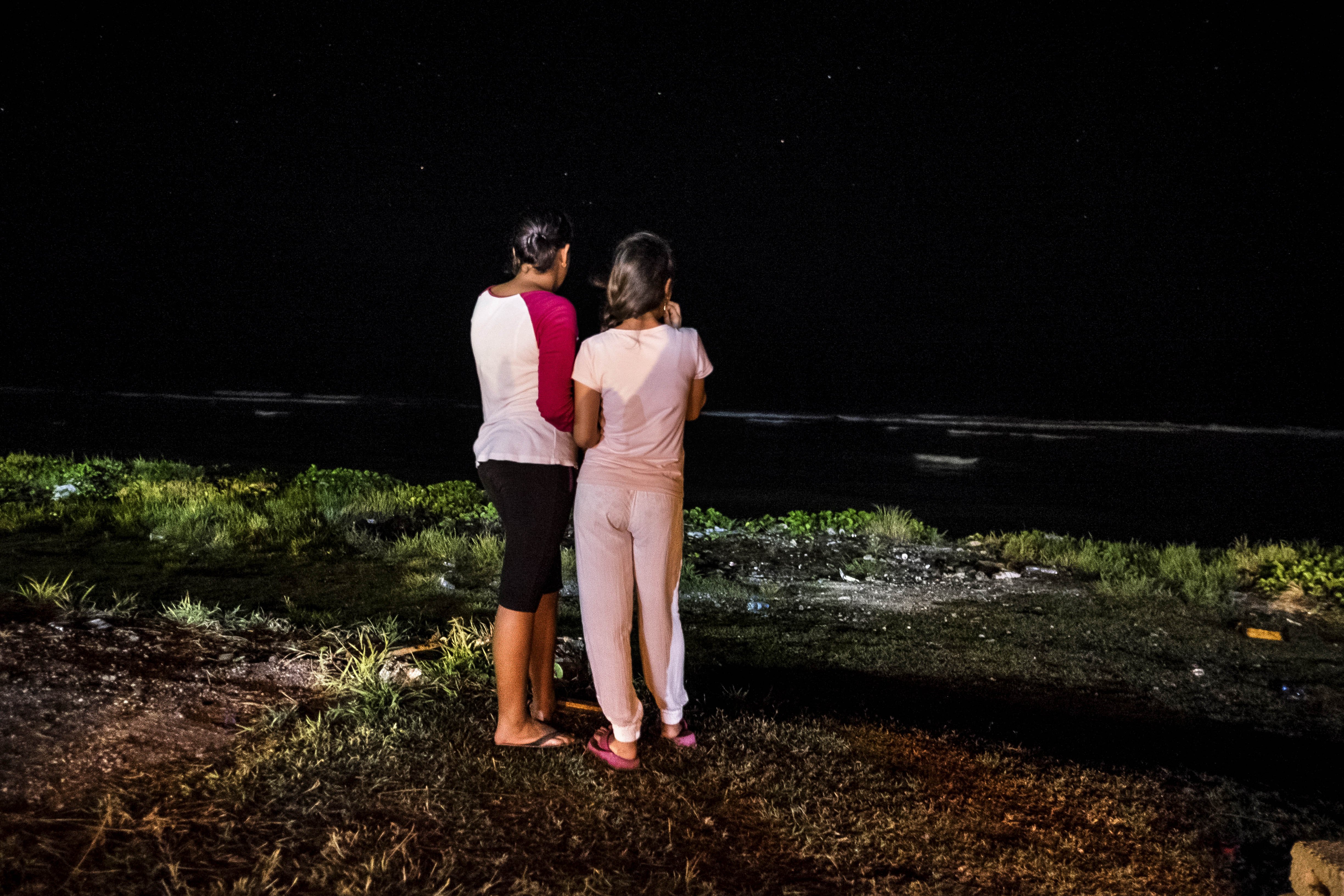Down but not out in Australia's refugee limbo
Down but not out in Australia's refugee limbo

The human capacity to survive and endure is, at times, truly astounding. Perhaps nowhere more strikingly than among refugees, who are forced to leave behind their homes, their countries, and their former lives.
Fleeing war and persecution around the world, people survive; they adapt, they start again when they have no other choice. It is an honour and an inspiration for us every day as UNHCR staff to witness the profound strength of hope and determination which is common to us all.
The refugees and asylum-seekers sent by Australia to Papua New Guinea and Nauru since 2013 have surely found out more about the limits of human endurance than most of us would care to learn.
First in formal detention, and later in a constrained, controlled setting that remains highly securitised and artificial, they have languished. They have suffered interminable uncertainty, family separation, inadequate medical care and a lack of basic services.
The announcement in November 2016 that some 1250 refugees would be relocated to the United States under a bilateral agreement with Australia provided the first concrete hope in years of a life beyond this so-called “offshore processing”. But there are not enough places today for all who need them. People are terrified of being left behind.
Thursday marks five years since the change in Australia’s refugee policy that has consigned innocent and vulnerable people to a limbo that for too many, still has no end.
Much has been made of the harm caused to these men, women and children over the years. That is as it should be.
Australia’s architecture of a policy focused on deterrence, followed by increasing neglect and Australia’s abrupt exit from Manus Island last year, has left in its wake a myriad of vulnerable people whose lives will always be worse for that experience. And yet a surprising number have summoned from within themselves the most incredible strength and resourcefulness. Unable to go home, left waiting for a safe and permanent place to rebuild their lives, they have dug in and survived. They are down, but not out.
Naza, a young Iranian refugee sent to Nauru with her husband, mother and sister, waits like so many others for an answer from America. Just over a year ago, she started running a small beauty salon in town. Without turning a profit, the business is unsustainable, but it keeps her busy. The small room has clearly been decorated with great pride. The juxtaposition of Naza’s tear-stained face against the candy pink salon walls and lit-up Hollywood mirrors is unsettling.
“I had big dreams for my future” she says. “If I get the chance out of here, I am going to make it. I can see it now.”
No-one watching the broad smile spread across her face could doubt that for a second.
Rafi was a student and political activist in Bangladesh but had always cooked a mean curry. After a few years on Manus Island, he was told by a psychologist that anything he could do to stay active would help the depression that had become more and more debilitating.
Six days a week, he wakes before dawn, walks to the market to buy fresh ingredients, and cooks around 20 hot meals before most people have left their homes for the morning. Barely making enough money to break even, Rafi is nevertheless determined to keep it up until the day he leaves Manus Island for good. Having studied engineering, it is clear he might yet do anything with a fresh start outside of “offshore processing”.
There are hundreds of others whose stories who go untold. Men, women and children who find ways to endure that seem trivial at first glance but demand a courage and tenacity most of us might not have after one, let alone five, years in a constructed desperation and despair.
Early each morning and late each day, before the sun sets on Manus Island, dozens of men go jogging along the main road of Lorengau town. In the tropical heat, in small groups for safety and companionship, they struggle against the depression and the tedium and the hopelessness. Watching an elderly, white-haired Afghan man run doggedly, eyes downcast, in 80 per cent humidity, is simultaneously heartbreaking and inspirational.
In a toxic and fragmented political environment, the key fact agreed by all is that things cannot remain as they are.
Refugees sent by Australia to Papua New Guinea and Nauru desperately need a chance to build and determine their own positive future.
Like generations of displaced people before them, all around the world, they will start again in a new home. They will battle and strive and give all they’ve got in the communities that finally welcome them.
More solutions are desperately needed. And with them opportunities not only for human beings who deserve a fresh chance, but also for the countries who see them for who they really are – the survivors and heroes of Australia’s failed refugee system.
Originally published in the Sydney Morning HeraldLink is external, The AgeLink is external, Canberra TimesLink is external, Brisbane TimesLink is external and WA TodayLink is external.






